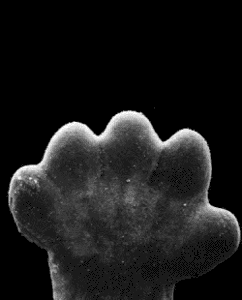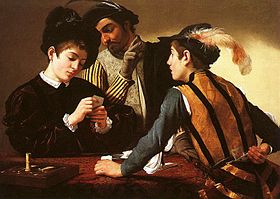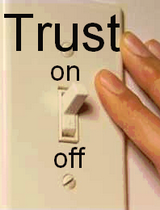
John T. Manning put forward research more than a decade ago where he statistically showed that the length of the ring finger compared to the length of the index finger related to the amount of testosterone present in the womb during a specific time period of fetal development. This approximate 14 to 16 week time frame is also the time the Dermatoglyphics (skin ridges and fingerprints) are developing on the surface of the palm. The main creases are already visible in the palms.
From about 11 to 13 weeks after conception, the hands are moving in ways that are not related to reflex. Once the fingerprints are on the surface of the fingertips the fetus strokes the inside walls, it’s face, mouth and grasps the umbilical cord. The sense of touch is developing.
Since Manning’s book was published, many institutes and researchers have tested his theory in numerous ways. Almost monthly a new report hits the internet announcing another 2D:4D discovery ranging from sexual orientation to male aggressiveness. Some reports debunking earlier reports and others making confirmations.

What seems to be consistent is the idea that having a longer ring finger than index finger (low 2D:4D ratio), if you are a male, means you are a more likely a bigger risk taker, fearless, more promiscuous, competitive and more aggressive than your longer index fingered brethren having a high 2D:4D.
Interesting studies have shown that although successful athletes have lower 2D:4D, these measurements in themselves did not set apart the best from the second best. Instead some results showed that athletes in general were more likely to have the low ratio.
A new study just released called: “Low second-to-fourth digit ration predicts indiscrimate social suspicion, not improved trustworthiness detection” (abstract – full story behind paywall), describes a look at the effect of the high 2D:4D, or having a long index finger. The results appear to show that individuals with the longer index naturally had less trust for their fellow man. What was even more interesting was the results tend to show that the judgement for this lack of trust was no different than any other finger ratio. Which meant they were distrustful for no seemingly no real reason.


